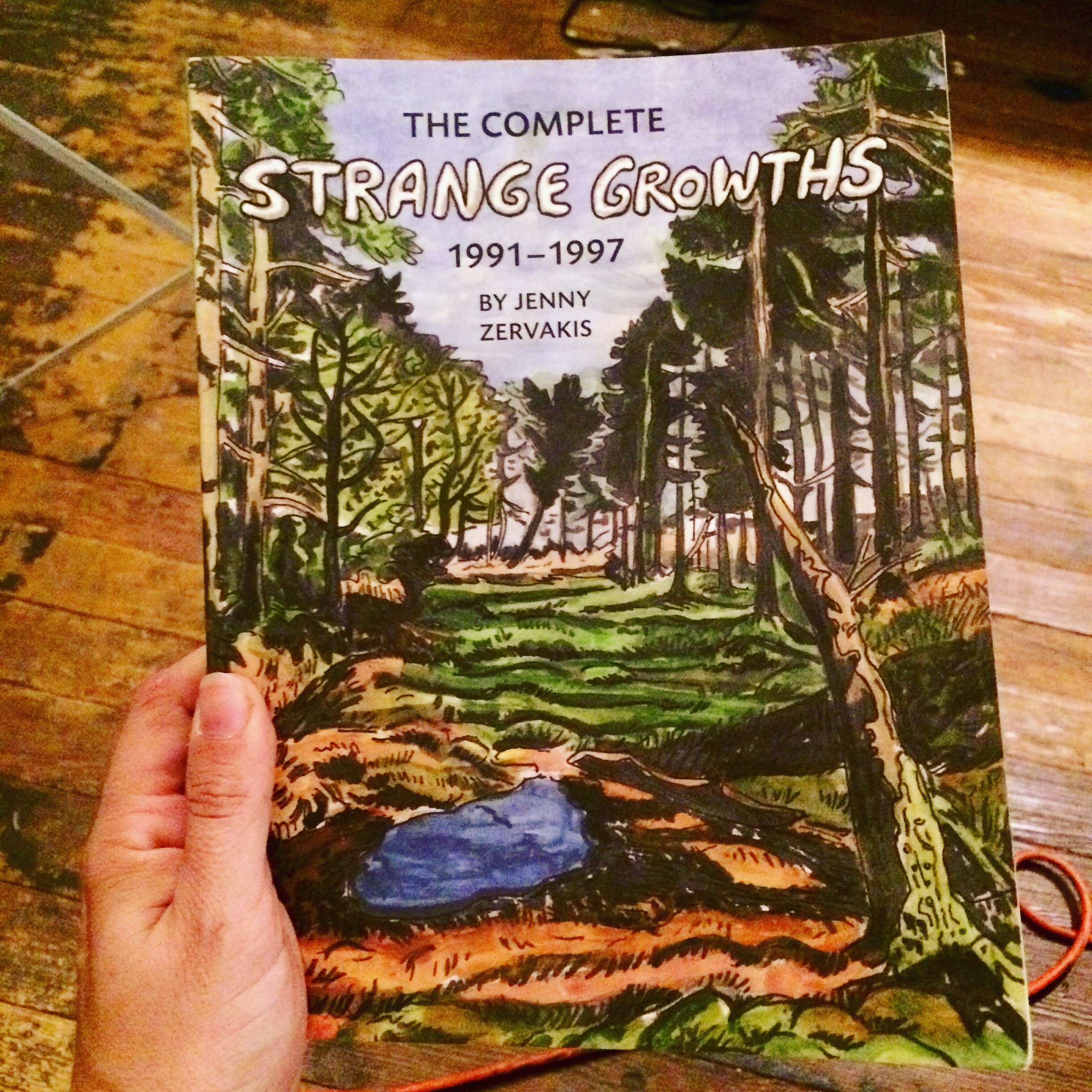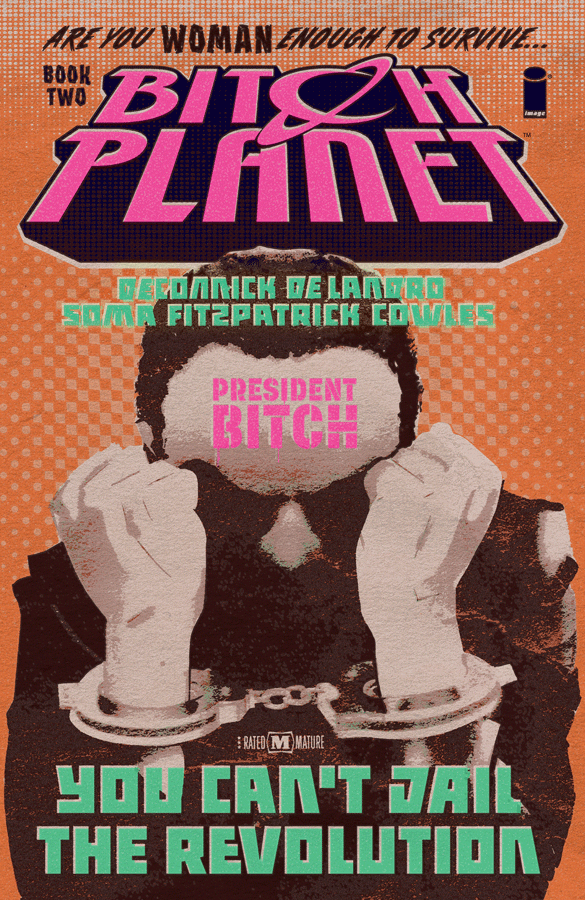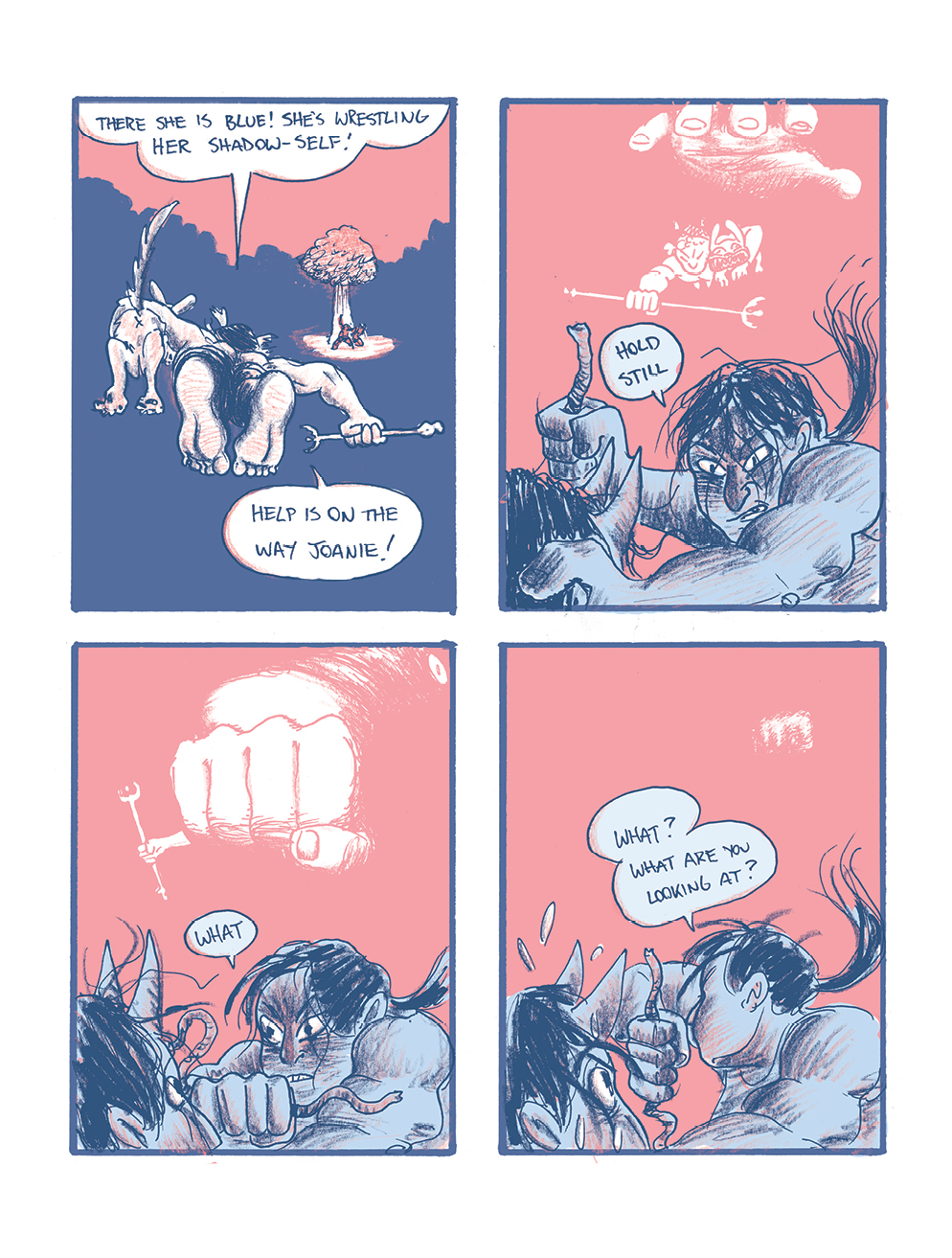Sally here with plenty of things to dig into this week – Jenny Zervakis’ The Complete Strange Growths; the new Warmer anthology; a lively discussion of “youth-comics”; and much more.
—————————————————————————————————
The Complete Strange Growths 1991-1997 by Jenny Zervakis (lovingly published by John Porcellino via Spit and a Half Distro, 2017) is one of the best collections of comics that I have read in some time. The 13 issues capture the story arc of a few years of Jenny’s life, finding and illuminating incidental moments and making a world out of visits to botanical gardens, a trouble-making brother, the war-time Spam eaten by a Greek father, road trips, comic con visits, and fever dreams.
The drawing isn’t interested in itself, it is merely a vessel there to hold and pour out stories – and therefore the drawing is full of life and perfect small details. The collection also captures the time it was made in and for – 90’s mini-comic culture, the rush of making and giving away zines on a regular basis, the fun of mailing a letter and a stamp to a maker and getting back their latest effort. Influenced by the work of Harvey Pekar, and an inspiration to the likes of John Porcellino, Jenny was riding some quality currents.
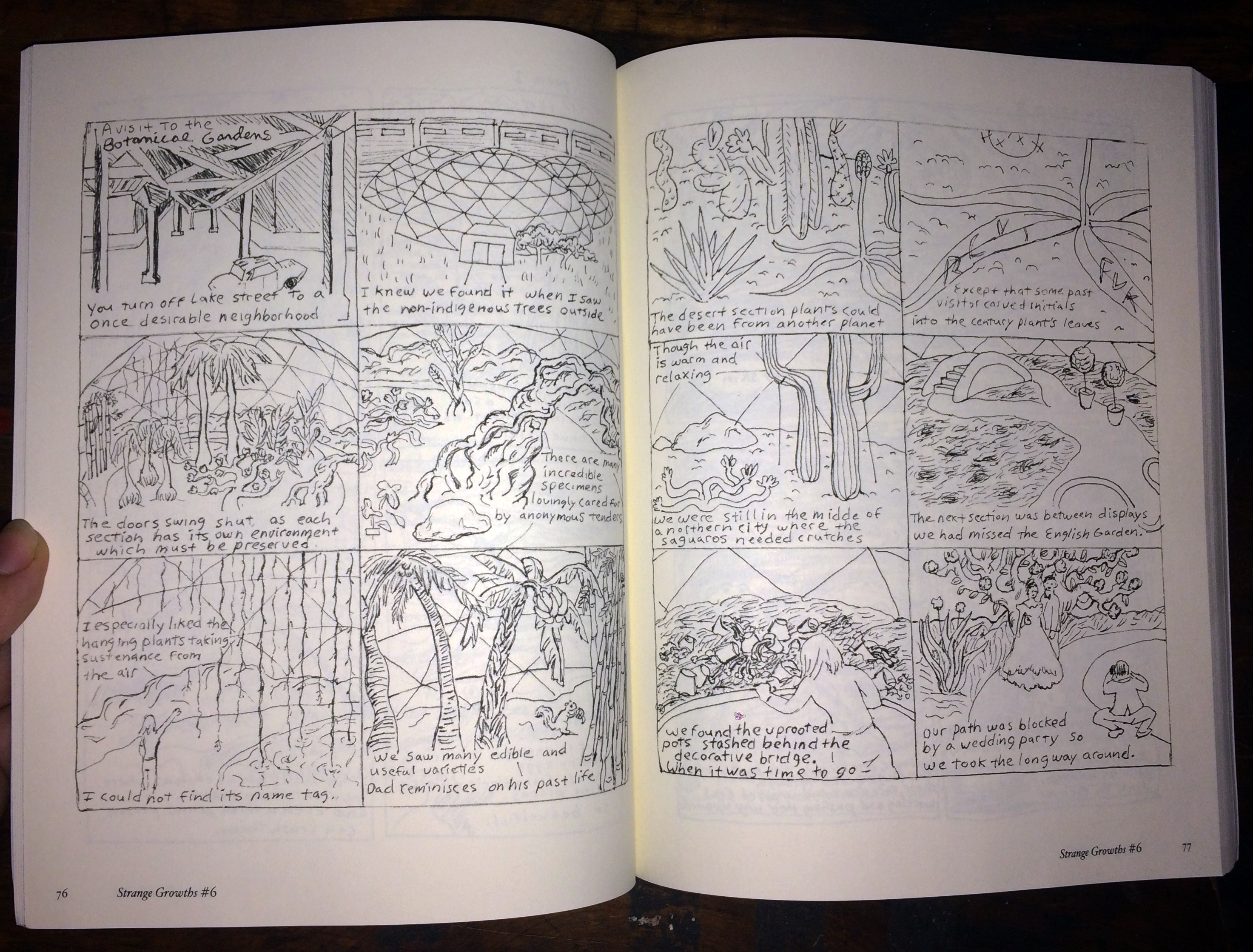
In a way Strange Growths is also a comic that I feel like I’ve been searching for since I embarked on a study of alternative comics (and ones made by women, specifically). The poetry, the thoughtfulness, the desire to capture the mood of a moment…I was certain that there were women who were making work like this in the 90’s, who were making comics that weren’t as focused on the body and the blunt reality of being female. While I am interested in comics about sex, body image, and self-esteem, I’m even more interested in what the bus driver has to share, dreams about grandmothers, and interactions with nature. There is a different mystery and truth to discover there, and Jenny is tapped into that font of wisdom in a way that I aspire to.
I loved The Complete Strange Growths, and put it immediately on my shelf next to Today Is the Last Day of the Rest of Your Life by Ulli Lust, Gast by Carol Swain, and One Hundred Demons by Lynda Barry. You can get a copy of the comic from Copacetic Comics, or from Spit and a Half.
For a much less subjective review of the book, check out Rob Kirby’s thoughts over on The Comics Journal.
—————————————————————————————————
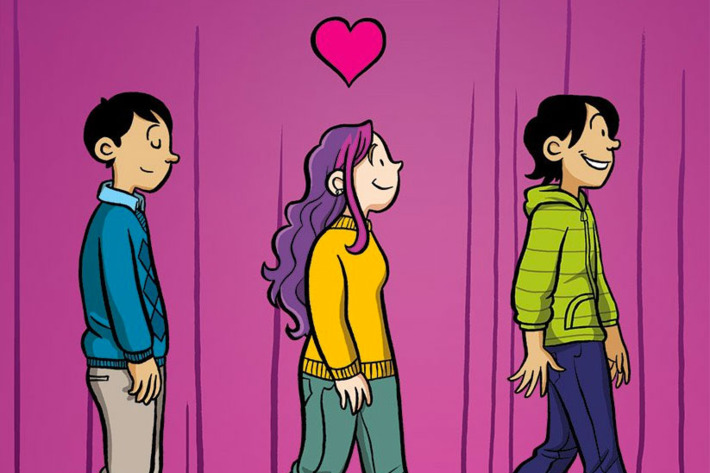
Abraham Riesman writes about the rise of “youth-comics” on Vulture, citing them as the driving force behind sales and interest in the medium at the moment.
“Eva Volin, a librarian based in Alameda, California, told me, “We’re in the middle of a graphic-novel renaissance inasmuch as not only are kids reading comics, but comics are being written for kids.” ”
“At a glance, it all makes perfect sense. Why wouldn’t young readers gravitate toward a medium that can so brilliantly mix visuals and text in a way that makes a story relatively easy to digest? And why wouldn’t publishers cater to them? And yet, up until recently, there was a near-total disconnect between kids and comics.“
Riesman notes that the shift began with manga, the forever disdained comics medium which many (librarians) turned their noses up at. In a Twitter response to thoughts along these lines, Landry Q. Walker (creator of many “youth-comics”) affirmed that it was manga that made the difference – although the effect wasn’t felt immediately because…manga.
“Over 15 years ago I spoke to a comics club at a high school – all girls. I talked about this at a panel at SDCC, and the crowd got angry. The consensus of the crowd was that these girls weren’t reading “real comics”. Just manga. And for some reason, this was “bad”. All those years of discussion on “how do we get girls to read comics”. They were, but apparently they were doing it “wrong”? WTF? It’s this failure to embrace trends that is choking the life out of the mainstream comics industry. The fear of change.“
It took the appearance of Bone by Jeff Smith and Babymouse by Jennifer L. Holm and her brother Matthew Holm to really start the engine in the mid-2000’s. Gene Luen Yang’s American Born Chinese was the first comic-book finalist for the National Book Award. And then came Raina.
Abraham Riesman likens Raina Telgemeier to Elvis – and makes a good argument for it. Read the rest of his excellent article on the “youth-comics explosion” HERE.
Over on The Comics Beat Heidi MacDonald is also looking at the numbers, and seeing similar trends in comics readership. She offers up the top 5 bestsellers on the Bookscan chart for last week:
“1. BITCH PLANET, VOLUME 2: PRESIDENT BITCH
2. MY LESBIAN EXPERIENCE WITH LONELINESS
3. WONDER WOMAN VOL. 1: THE LIES
4. WONDER WOMAN VOL. 2: YEAR ONE
5. MARCH: BOOK ONE”
Delving into the intricacies of each publication for a minute, and quoting Abraham Riesman’s article a bit, Heidi then offers up her own response (with me in the background waving pompoms and punching the air):
“Let me spell it out for you: girls and women, black and white, cis and trans alike, are the driving force behind comics readership expansion. This has been happening for a while, but it’s a full on avalanche now. It’s also something I saw coming 25 years ago. (No one else is gonna pat me on the back so I gotta do it myself.) Seeing the devoted fandoms that female content-consumers developed for anything that interested them, ESPECIALLY genre material like paranormal romance, horror and fantasy – I had a hunch that once they turned their spotlight on comics, the full force of female fandom would bowl over the fragile shreds of male safe spaces like a Mack truck through a pile of empty Axe cartons.
What does this shift mean? Well, for one thing, it means that Marvel–and DC too! – had better start paying attention to new readers instead of pandering to the dwindling ranks of AARP-card carrying pap-pap Bronze Agers. I mean, I know it’s hard to move beyond your own viewpoint, but business is business.“
Read the rest of Heidi’s thoughts HERE.
As for me, I’m off to CCS in a week to attend a workshop/think-tank with New Yorker art editor Françoise Mouly, who among numerous other ventures, is the driving force behind the publishing company for early readers called Toon Books. I plan to spend a lot more time and energy thinking about this stuff and probably making comics for, and with kids in the future.
—————————————————————————————————
The Huffington Post featured the comics anthology Warmer which is being edited by Madeleine Witt and Andrew White.
“In an interview with HuffPost, White said, “As co-editors of Warmer, Madeleine and I wanted to make a book to offer comfort for those already fearful about climate change. So for the most part, Warmer doesn’t aim to convince anyone of anything. We imagined Warmer in part as a book that will function to encourage and support activists; to comfort those who, like ourselves, are wrestling with the grief of climate change.” “
There is an excerpt from the collection accompanying the feature, with comments from the makers. Check it out HERE.
—————————————————————————————————
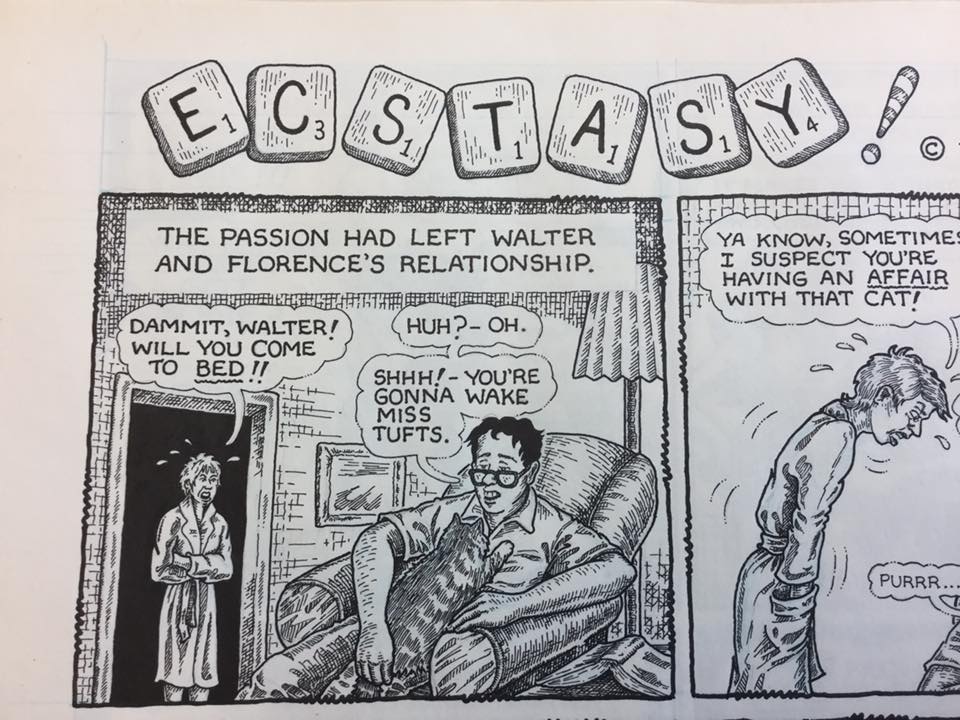
Noticed via Facebook – Caitlin McGurk was unpacking a new collection of art recently donated to the Billy Ireland Cartoon Library and Museum.
“…incredible collection of original cartoon art just donated. Phoebe Gloeckner! Dori Seda! Carol Lay! Lynda Barry! Roberta Gregory! Mary Fleener! And more! 113 original pages by 15 amazing women.”
“I could spend the rest of my career writing about the stuff in this collection that was just donated to The Billy Ireland Cartoon Library & Museum… maybe I will!” – Cairlin McGurk
I smell a new exhibit, and it’s one I will be at the opening for…!
—————————————————————————————————
Fish and Chips
- Bill Boichel reviews Boundless by Jillian Tamaki for the Copacetic Comics website – we’re sharing the review HERE on the site.
- BookRiot interviews Grace Ellis and Shae Beagle, creators of Moonstruck – HERE.
- Cory Doctorow reviews Emil Ferris‘ My Favorite Thing is Monsters on BoingBoing.
- The Comics Beat reviews new comics by Laura Kenins, Sophie Yanow, and Tyler Landry.
- Sacha Mardou recently revisited a comic from 2015 about her pregnancy – it originally appeared on Mutha Magazine, but is seen here on Narratively.
—————————————————————————————————
Suzy and Cecil – 6-23-2017 – by Gabriella Tito
—————————————————————————————————
Joanie and Jordie – 6-23-2017 – by Caleb Orecchio
